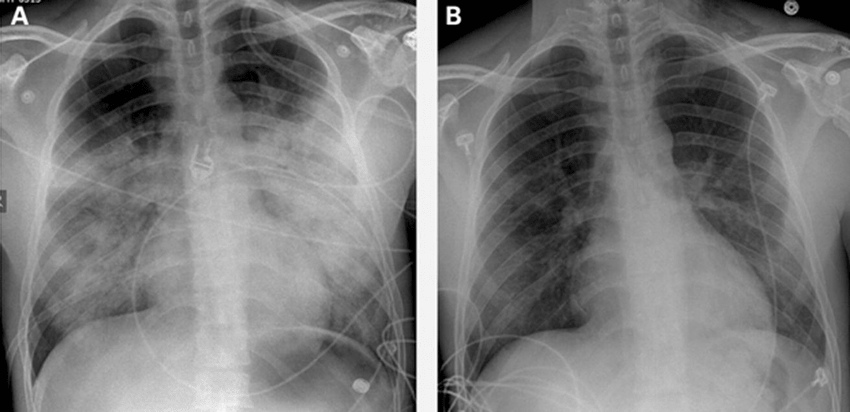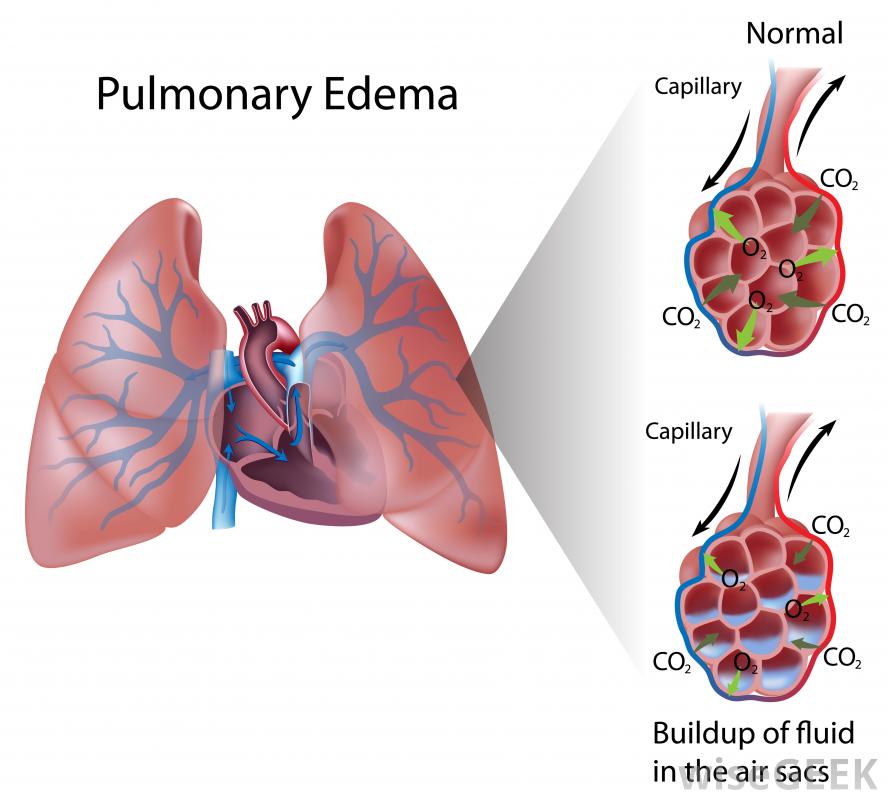
High Altitude Pulmonary Edema (H.A.P.E.), typically occurs when persons from low altitude residence climb rapidly to elevations greater than 8,000 ft. above sea level (rare cases have been recorded at even lower elevations). Initial symptoms of H.A.P.E consist of a non-productive cough paired with reduced performance upon exertion. H.A.P.E. can be avoided in most cases when recognized early and corrective measures are taken accordingly.
Prevention is best achieved in a slow descent or a staged and gradual ascending climb, allowing time for acclimation. Other methods include avoiding alcohol, as well as extreme physical exertion while acclimating to higher altitudes. Sleeping at lower altitudes has also been known to help avoid this deadly phenomenon. Treatment of H.A.P.E. consists of increasing the oxygen intake, either by supplementation or descending in elevation. H.A.P.E. typically begins within 2-5 days of arrival at high altitude and is rarely encountered after one week of acclimation to the altitude. More often than not, acute mountain sickness is the precursor to this deadly condition.

Aside from the typical H.A.P.E., another form can also be encountered: “Re-entry H.A.P.E.” This is when a high elevation resident returns to high elevation from an extended stay at a lower elevation. H.A.P.E. was commonly misdiagnosed as “sudden pneumonia” related deaths. It wasn’t until the 1960s when doctors collaborated information collected from patients in high mountainous regions, such as Peru and the Himalayas, that H.A.P.E. was classified as a separate medical condition.
Estimated evidence of cases incurred are as follows: Colorado ski resorts 0.1%, General alpine mountaineering population 0.2%, Climbers ascending at a rate of 600m per day 4%, and as high as 15% when airlifted to an elevation of 5500m. In summary, although the odds are low of a severe case resulting in death when participating in an activity such as skiing, the chance is always there for individuals achieving large elevation gains. Most significantly those who reside at a low elevation and choose to participate in high elevation sports. Low Landers Beware!

References
By Swapnil J. Paralikar www.ncbi.nlm.nih.gov/pmc/articles/PMC3617508